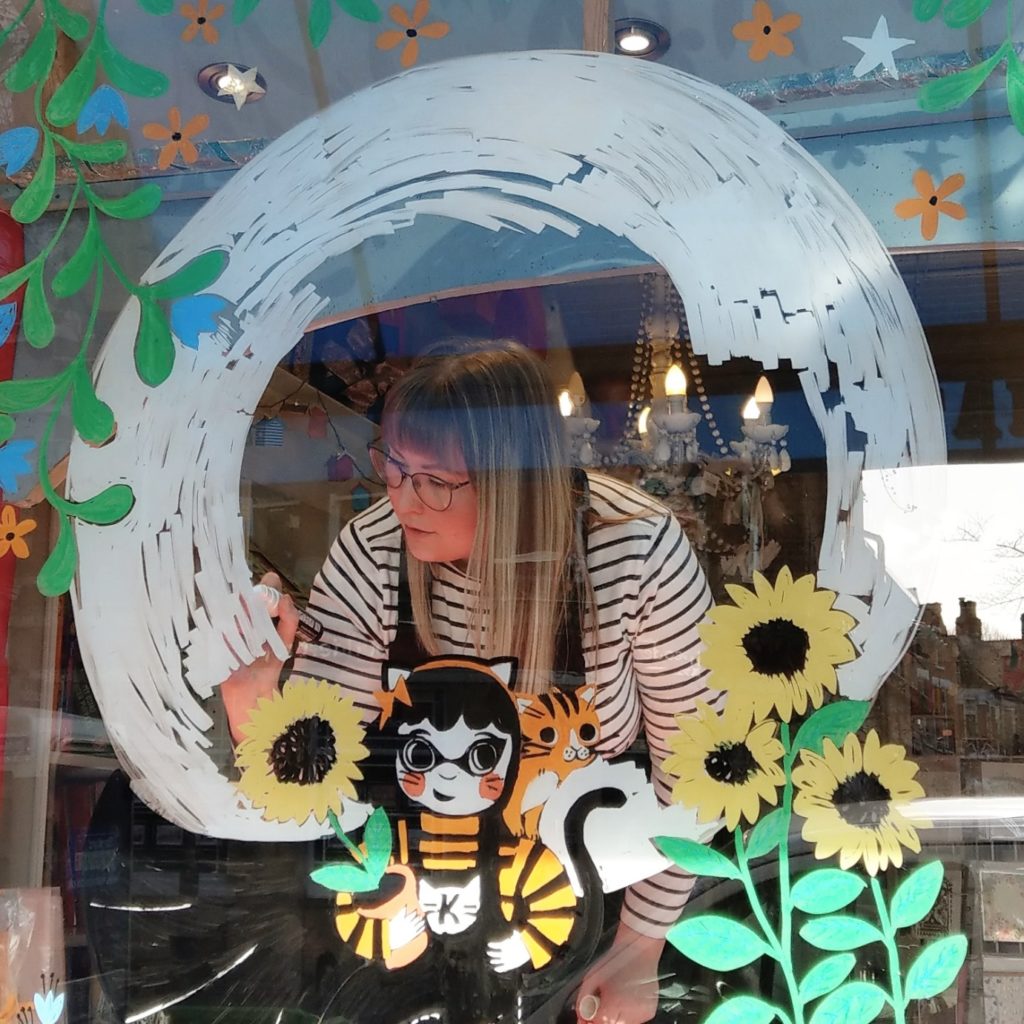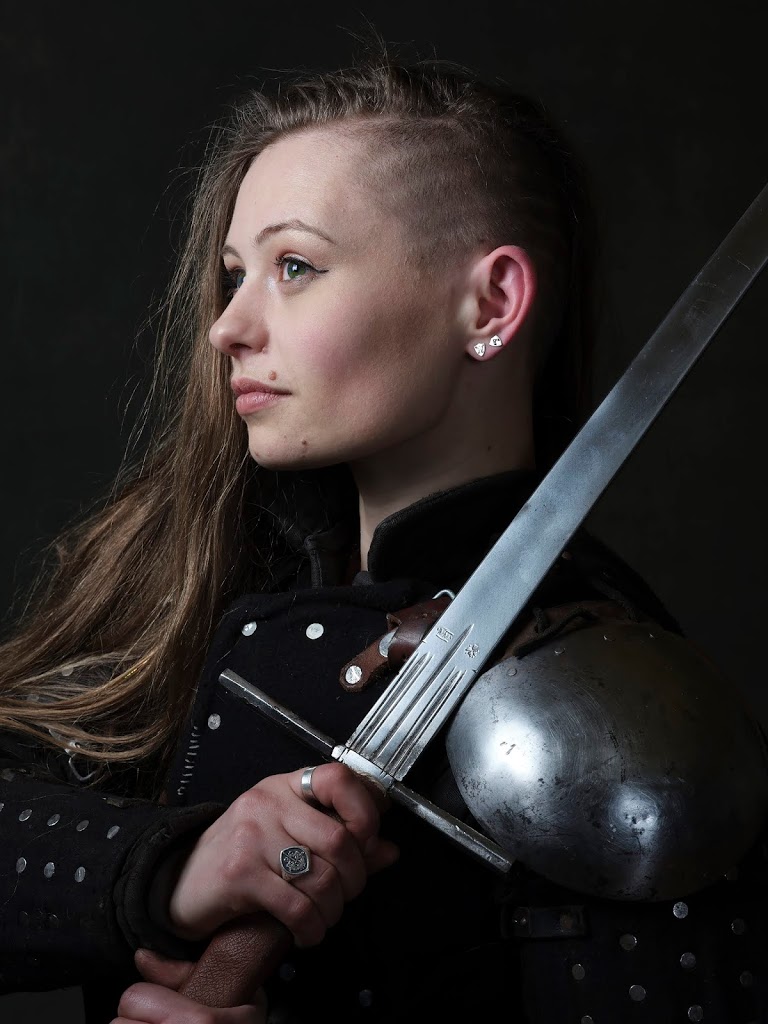The Brooklyn-based artist Andrew Erdos and I were introduced by the founders of The Chimney gallery when a visit to their Bushwick space led to a spontaneous studio visit. With a link to the Italian tradition of glass-blowing, I though him a perfect candidate for a Digiqualia interview. Before I saw any of his sculptures, videos, photography or mixed-media installations, I was blown away by the magical space within which Erdos works.
Examples of his landscape photography were pasted to the windows, making you feel as if you were in a desert, and his famous mountain of glass stood triumphant in the middle of the room alongside rougher experiments with glass lining the walls. With a modest desk in the corner framed by a huge silver and pink fluffy heart to round it all off, Andrew’s sprawling studio – the location of our supper club during Frieze New York in May – was a sensory experience like nothing else.
Best-known for his mastery of glass techniques, Erdos was the youngest recipient of the Rakow Commission of the Corning Museum of Glass and his work has been exhibited worldwide from New York to St Petersburg and Beijing. Across his oeuvre, Erdos investigates the relationship between humans and our environment, as he reflects upon science, technology, culture, religion and of course nature. It’s this exploration of nature and its significance within the urban environment that I found so appealing, as I explored his unique space. Follow @andrew_erdos to see more of his work and behind-the-scenes of his glass-blowing.
Was there a pivotal moment when you decided to be an artist?
The one true epiphany I have ever had was when I was sixteen listening to Zion Train on Bob Marley’s Uprising album.
Can you tell us about the process of making your work?
There are always several pieces and different bodies of work being produced simultaneously. I have been creating a video installation of prehistoric landscapes in the desert since 2011. Every time I travel to the American South West and Navajo Nation the piece grows. As of now I have collected over 90,000 high resolution images. I am also producing new glass pieces that will later get assembled into more complicated sculptures. Some times the elements sit for months, before I have the right pieces to combine them with.
What piece of your artwork would you like to be remembered for?
Hopefully something I won’t think of for several years? Right now I am most excited about a series of site-specific, monumental glass mountains. Some of which are permanent and others are designed to gradually wear away over decades or hundred of years. Silica is the most abundant mineral on the surface of the earth. I like the idea of transforming this to an industrial material and then gradually letting the earth reclaim it to complete the cycle.
There is a specific rock formation in the Najavo Nation I have been very fascinated with called “Shiprock” or “Winged Rock”. It is a volcanic neck, larger than the Empire State Building. A volcanic neck is a rock formation created when magma hardens within a vent of a volcano. The story of creation of this particular rock formation varies, but usually is explained as the fossilized wings and tail of a giant prehistoric bird. Sometimes described as a monster, other times it is described as a creature transporting people from one world to another. On a simplified material and metaphorical level, this is what I am trying to create.
If you could work within a past art movement, which would it be?
Although I do not consider the movement over, I would love to works alongside artists such as Robert Smithson and Michael Heizer in the first wave of land art. Or to create in an indigenous community, where scientific, economic and academic rationalization of art does not exist. A place where there is no boundary between religion, nature, art and magic. In Prehistoric Paintings: Lascaux or the Birth of Art, Georges Bataille refers to a form of transcendental experience explored by artists in their creation process: “to create a sensible reality whereby the ordinary world is modified in response to the desire for the extraordinary, for the marvellous.”
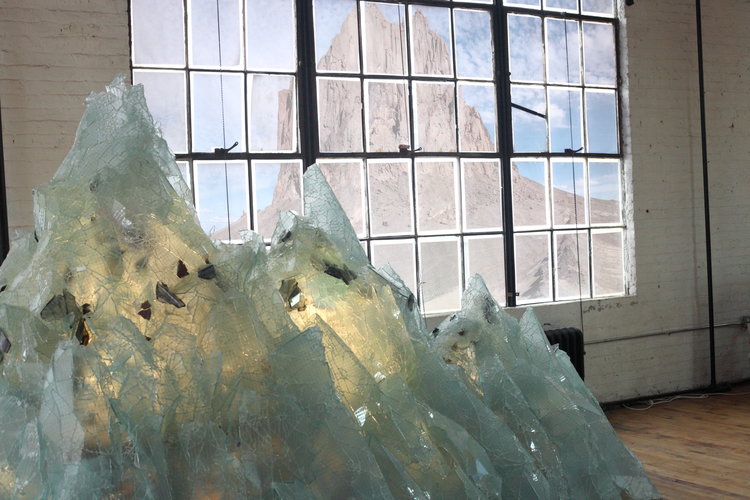
Can you discuss the significance of landscapes in your work?
Landscape is both a literal and metaphorical measurements of time. One of the aspects of glass that I find the most relevant is its ability to capture and display time. In the glassblowing process, the difference between a piece cracking or melting can be a few seconds. When glass is in its molten state it is almost like a living organism. It produces heat, it moves, it radiates light, as it cools down it cracks and dies. The glass can then get re-melted and re-incarnated into its next form. There is a quote from Jean Baudrillard, in America, that verbally articulates everything I am trying to say with my ongoing works in the desert.
“Upturned relief patterns, sculpted out by the wind, water, and ice, dragging you down into the whirlpool of time, into the remorseless eternity of a slow-motion catastrophe. The very idea of the millions and hundreds of millions years that were needed peacefully to ravage the surface of the earth here is a perverse one, since it brings with it an awareness of signs originating long before man appeared, in a sort of pact of wear and erosion struck between the elements. Among this gigantic heap of signs – purely geological in essence – man will have had no significance.”
Jean Baudrillard, America, 1986
Jean Baudrillard, America, 1986
How would you define beauty in 140 characters or less?
“Beauty is and always will be blue skies and open highway.” -Dave Hickey, The Invisible Dragon.
Do you have a favourite photograph or painting, which inspires you?
I can’t say that I have a favourite. There is a very wide range of works that I find inspirational, from Oceanic Art and traditional Native American Art, to James Turrell, Dan Flavin, Pipilotti Rist, Nam Jun Paik, Sterling Ruby, Pierre Huyge, Nathalie Djurbergand Paul McCarthy.
What is your greatest indulgence in life?
Being able to produce art. It is the greatest consumer of emotional and physical energy, time and resources.
How does the culture of Bushwick, Brooklyn impact your work?
I’m surrounded by talented people. The quantity and quality of work being produced in the neighbourhood is both intimidating and inspiring.
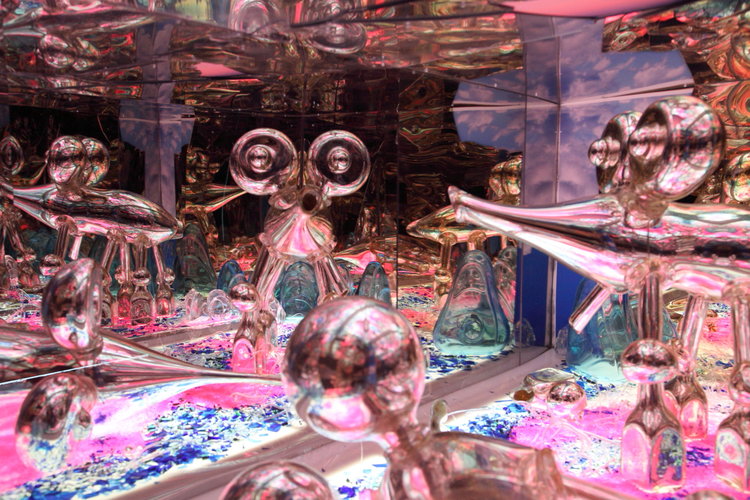
Which artist of the past would you most like to meet?
Bob Marley. He is someone that has been able to express very complicated ideas and relationships in a simple way that are understood by people all over the world.
Do you interact with the digital world/technology in your work?
Absolutely. It is ironic because a large portion of my interactions with the natural world / desert landscapes are done with digital tools. The blessing of using digital photography to document events is that the experience can be reproduced infinitely and shared globally. However, you are not able to personally absorb the situation when being burdened with the act of capturing it.
What do you wish every child were taught?
Compassion, empathy, to care for the less fortunate and to question everything.
Have you ever had a moment of questioning your career entirely?
No. There have certainly been moments of questioning specific pieces, or processes and intense stress. But I have never questioned it as a career.
What is your favourite art gallery in New York and why?
Barbara Gladstone. What she has been able to produce over the last few decades is amazing. All of the pieces she guided over a 25 year creative relationship with Matthew Barney. Anish Kapoor, Cyprien Gaillard, Banks Violette, Huang Yong Ping, there are so many talented people in that program.I also really like Tanya Bonakdar. She has been instrumental to Olafur Elliason and he has been very influential to my work. My favourite of the youngest generation of galleries is The Chimney NYC in Bushwick. Their emphasis is on installation and monumental works by fresh emerging and mid-career artists.
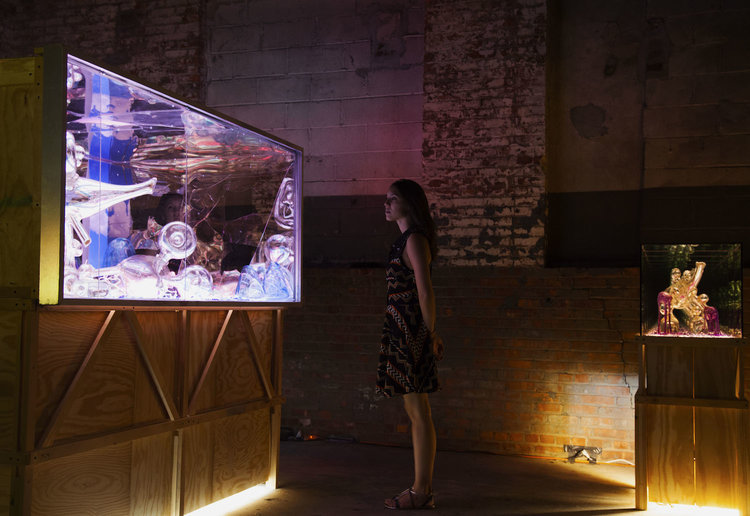
Do you work within a community or independently?
My art practice is independent, however I really appreciate my community of artists and curators and constantly benefit from their advice. There are also several aspects of my studio practice which can not be achieved alone. Glass-blowing requires a team of people, so there are always people involved at some point.
If you do, why do you make and receive studio visits?
Studio visits are one of my favourite parts, it is the time to discuss what you are thinking, and trying to explain. Often times people are able to verbally articulate ideas that I have been trying to physically manifest in the sculptures.
Can you please describe your studio space in Bushwick, Brooklyn?
It is a sacred space for me. It is a place of contemplation and creation. More concretely, it is a little less that 2000sqf serving a wide range of uses from editing and installing videos, to growing crystals on glass sculptures.
What is your daily routine when working?
The routine is to start as early as possible and work as late as I have the energy to. There is usually lots of coffee and loud music.
What advice would you give to a young artist in New York?
It is going to be extremely difficult, accept that from the beginning. Be grateful every moment you are in the studio. Look at as much art as you possibly can. And, the expression “If you can be anything other than an artist, you should be anything other than an artist”.
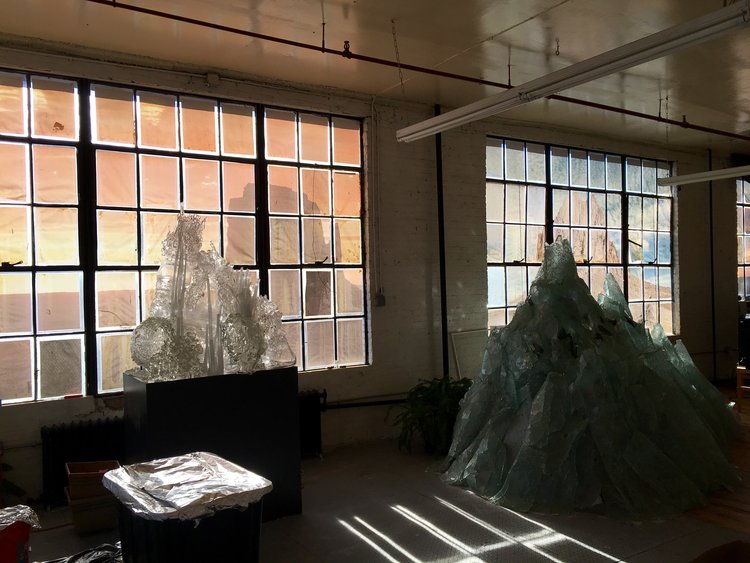
Do you love what you do?
Yes I do.
Written by Flora Alexandra Ogilvy, founder of Arteviste.






